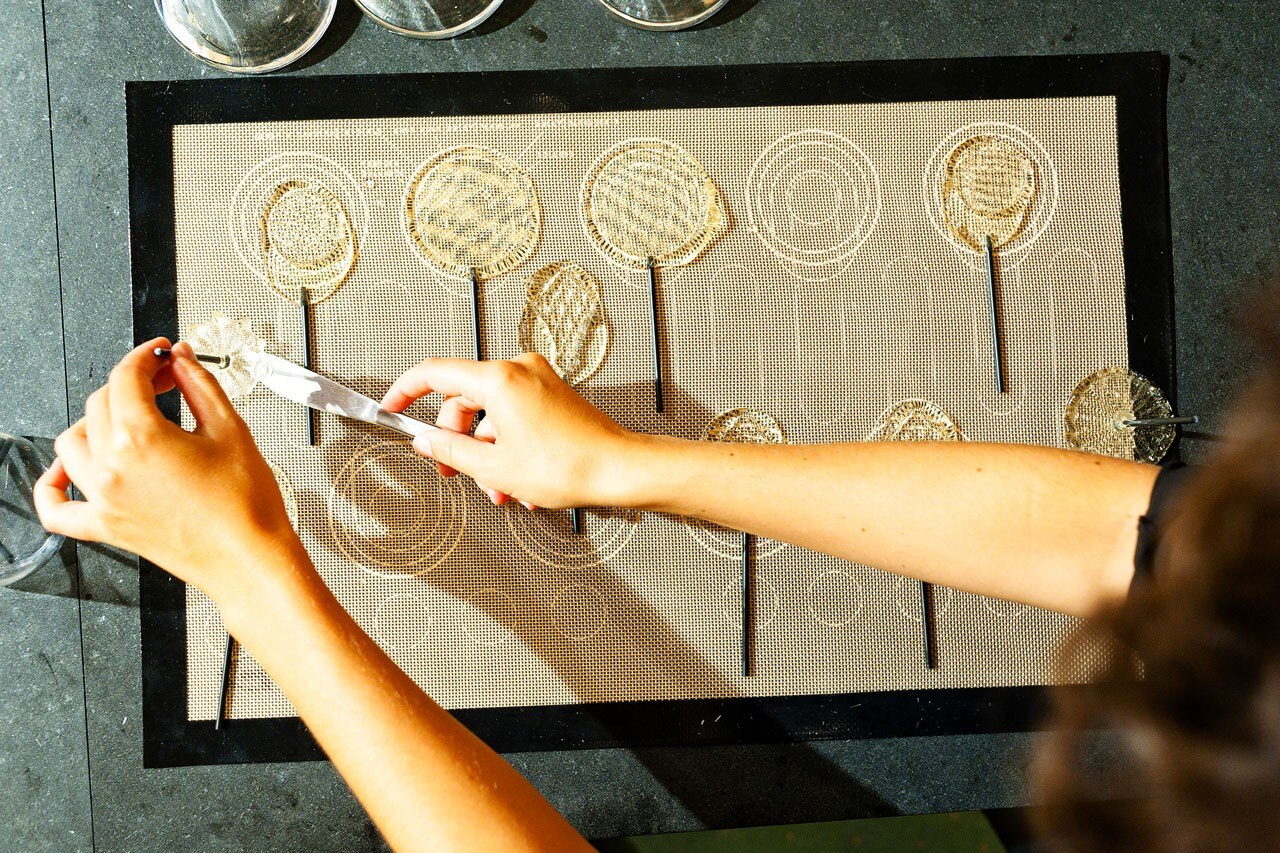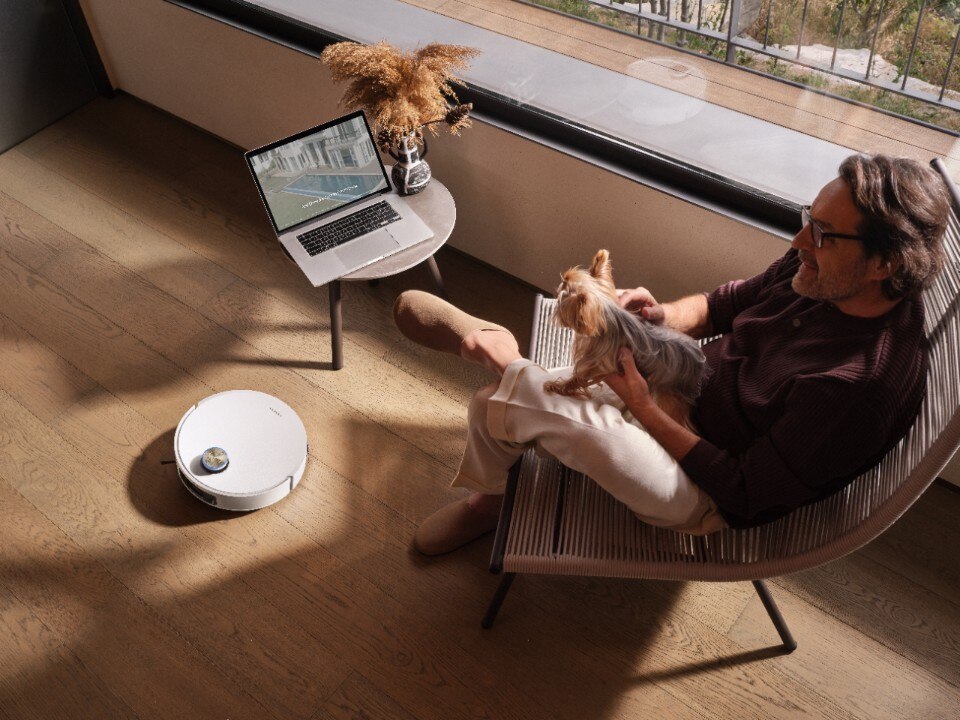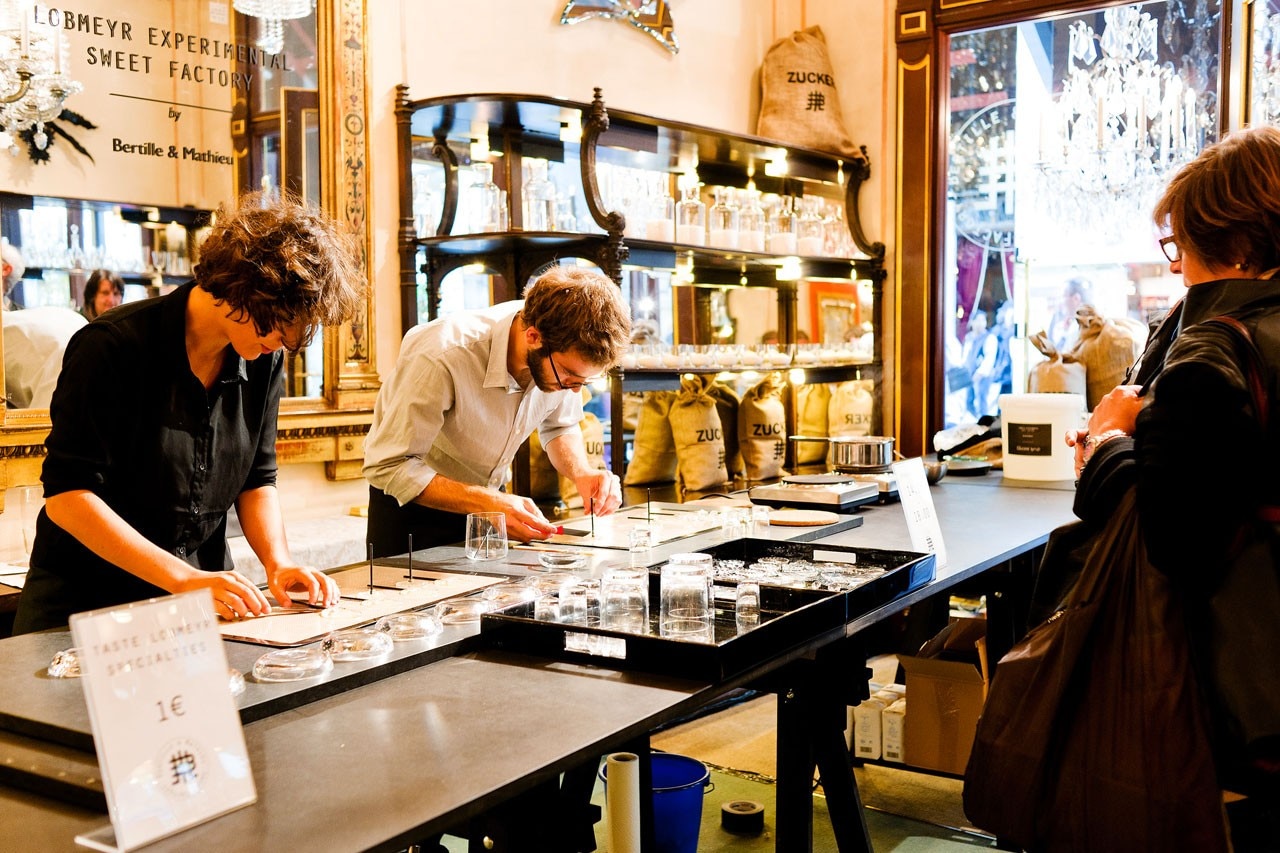
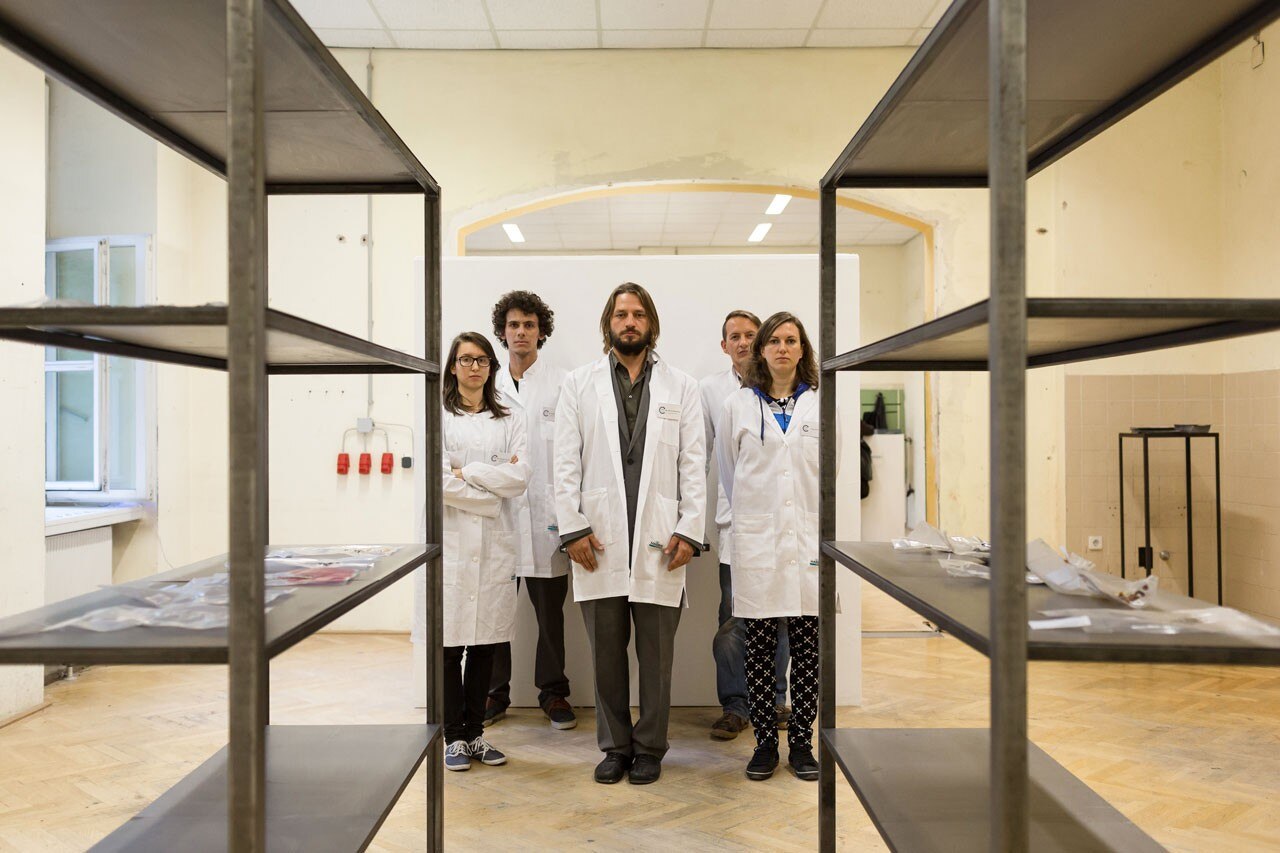
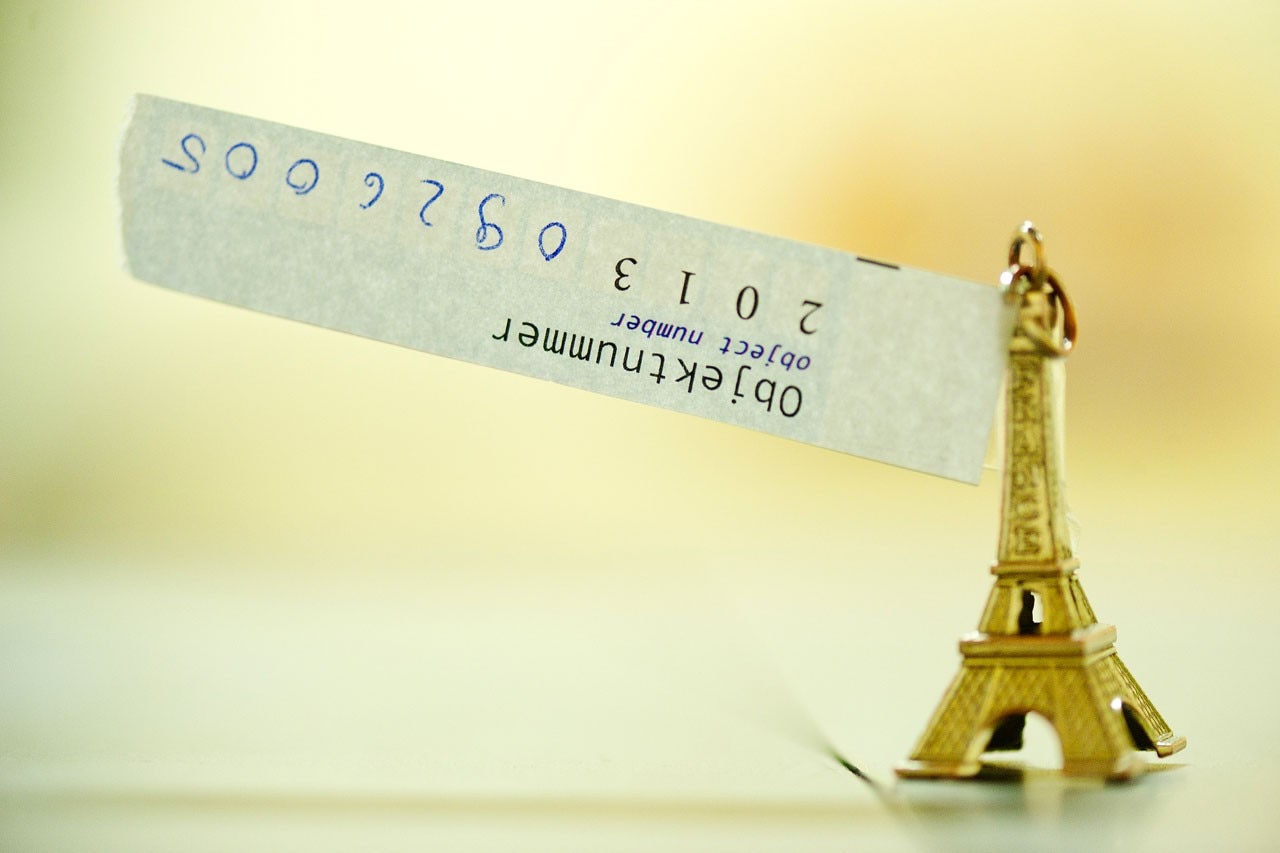
Starting from the beginning, the most complex appraisal must go to the “Nomadic Furniture 3.0” exhibition at the MAK, for which the curators astutely found a smokescreen title behind which to place their interpretation of the contemporary DIY phenomenon. Instead of choosing to hold an exhibition intentionally focused on the subject and its actual large-scale implications, Sebastian Hackenschmidt, Thomas Geisler and Martina Fineder conduct visitors through an extraordinary inventory of alternative possibilities that correspond to the motto “have more, own less”, which in their view - and via a spiritual chain that starts from Victor Papanek and James Hennessey - characterises the attitude of the new contemporary nomad: impermanence is the new living freedom?
At the same time, this exhibition – tinged with deep critical issues such as the unsolvable link between mainstream experiences and the alternative subcultures, between social criticism and individual affirmation – offers an infrequently experienced opportunity to run through the most interesting DIY tools and results, restricted to the sphere of furniture and the home in the last 50 years, this justifying some troublesome absentees.
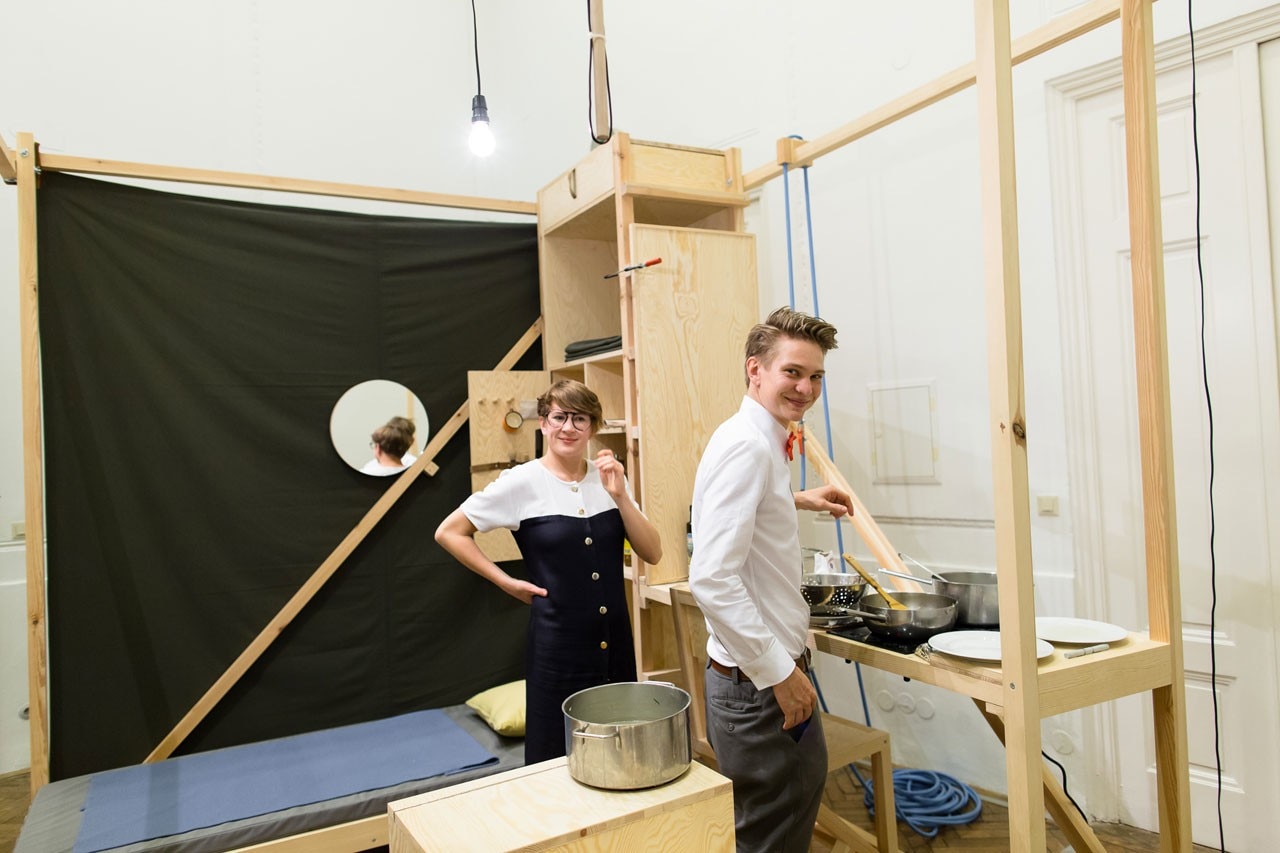
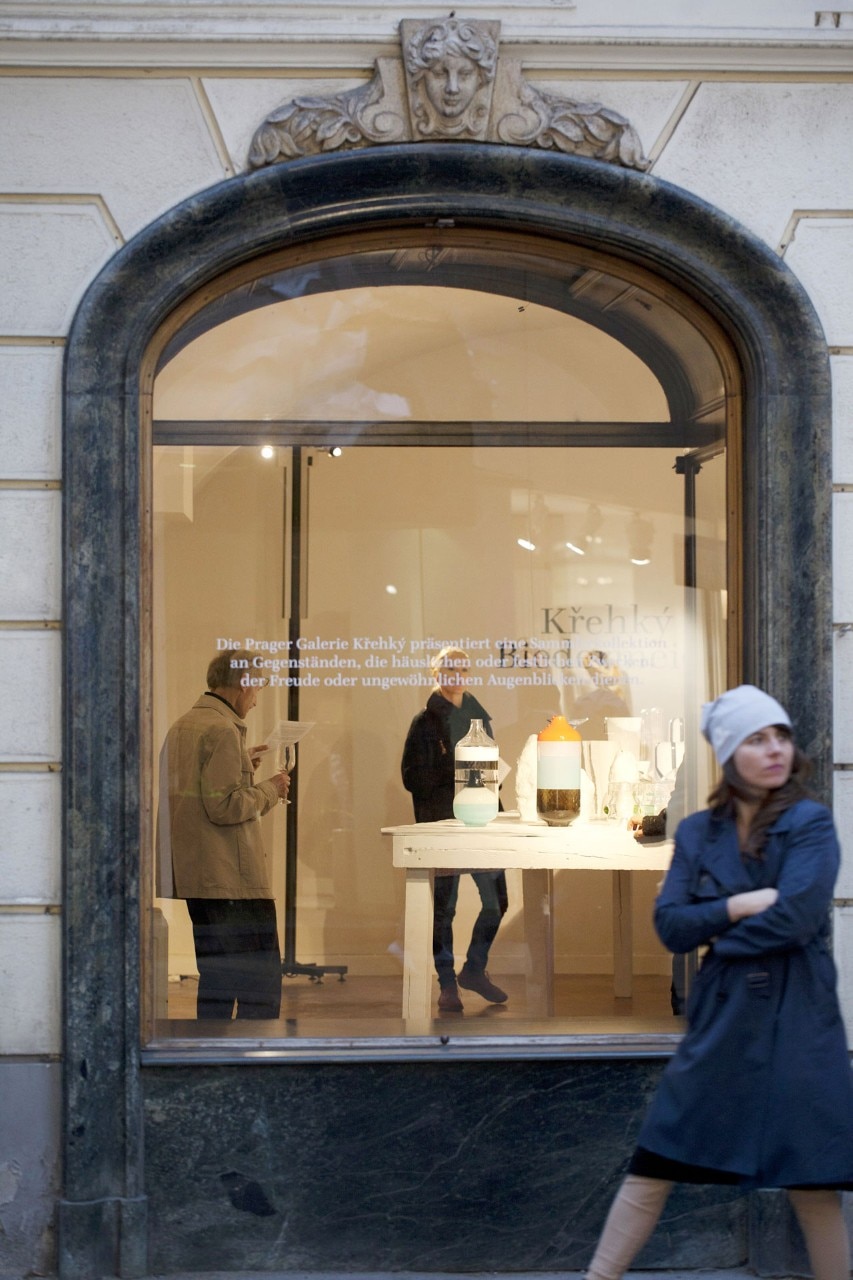
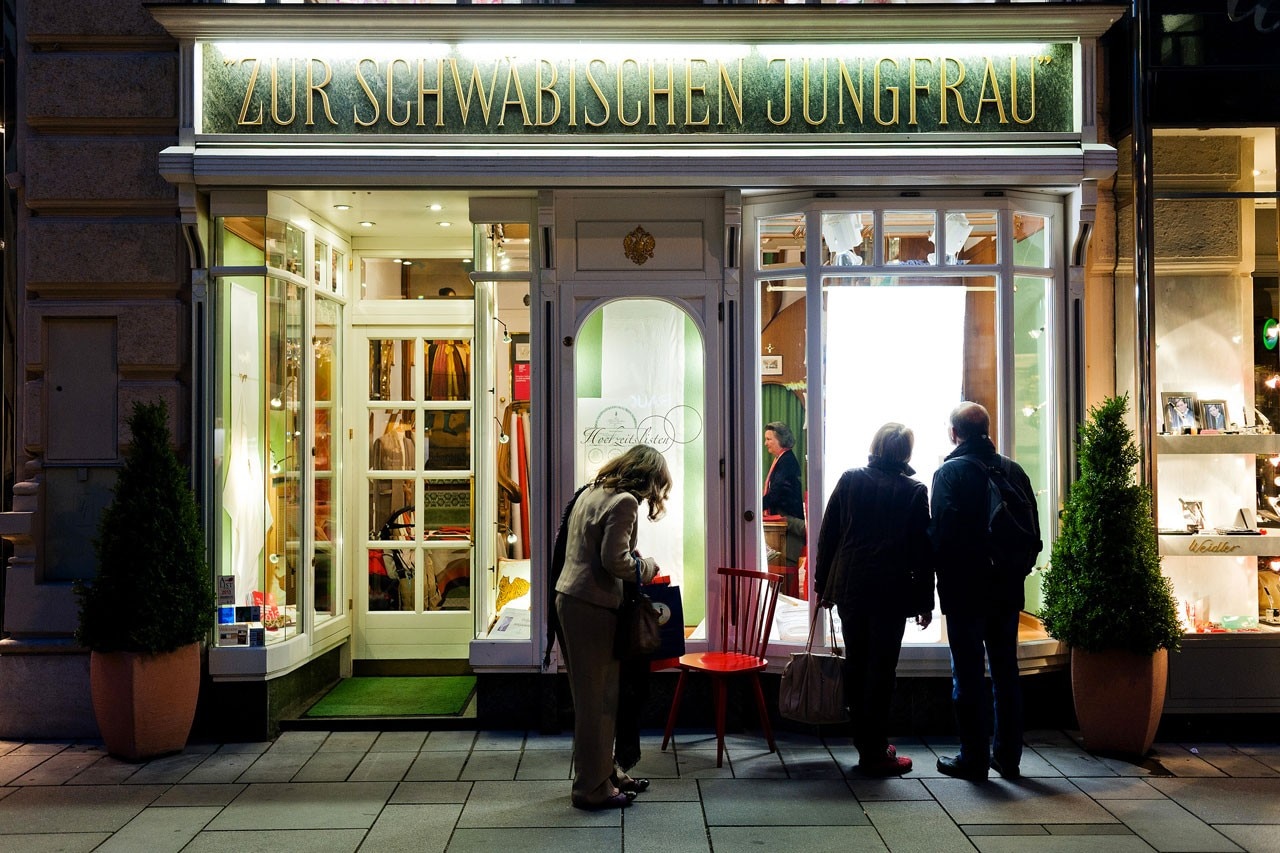
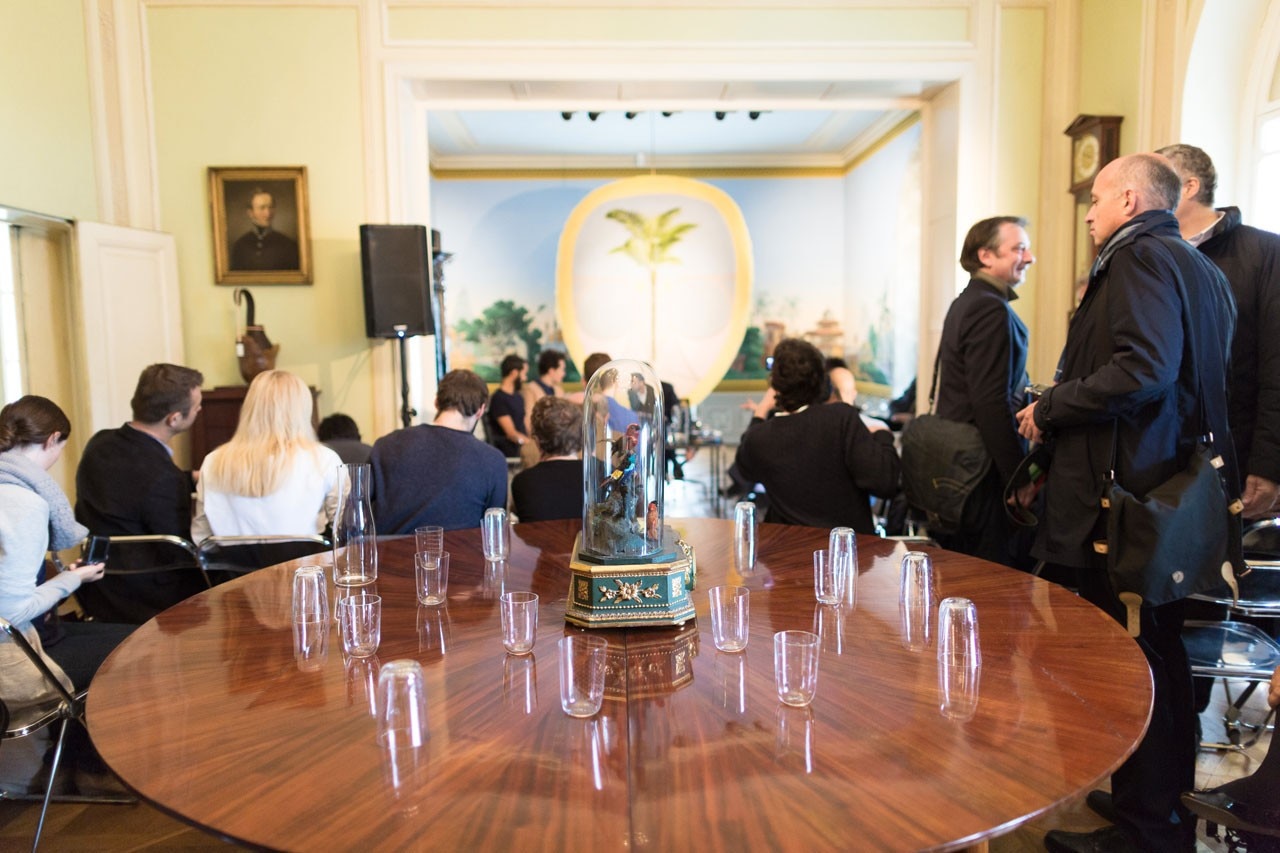
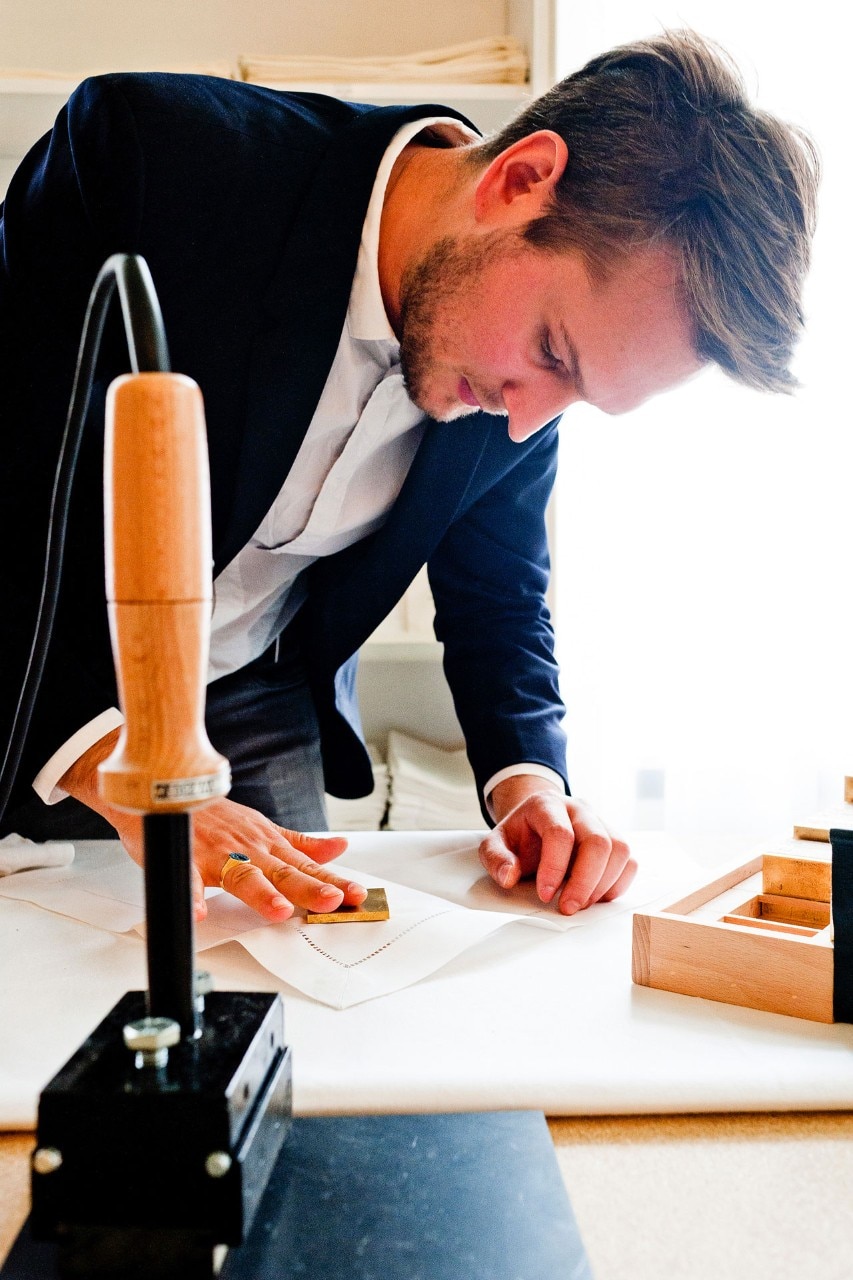
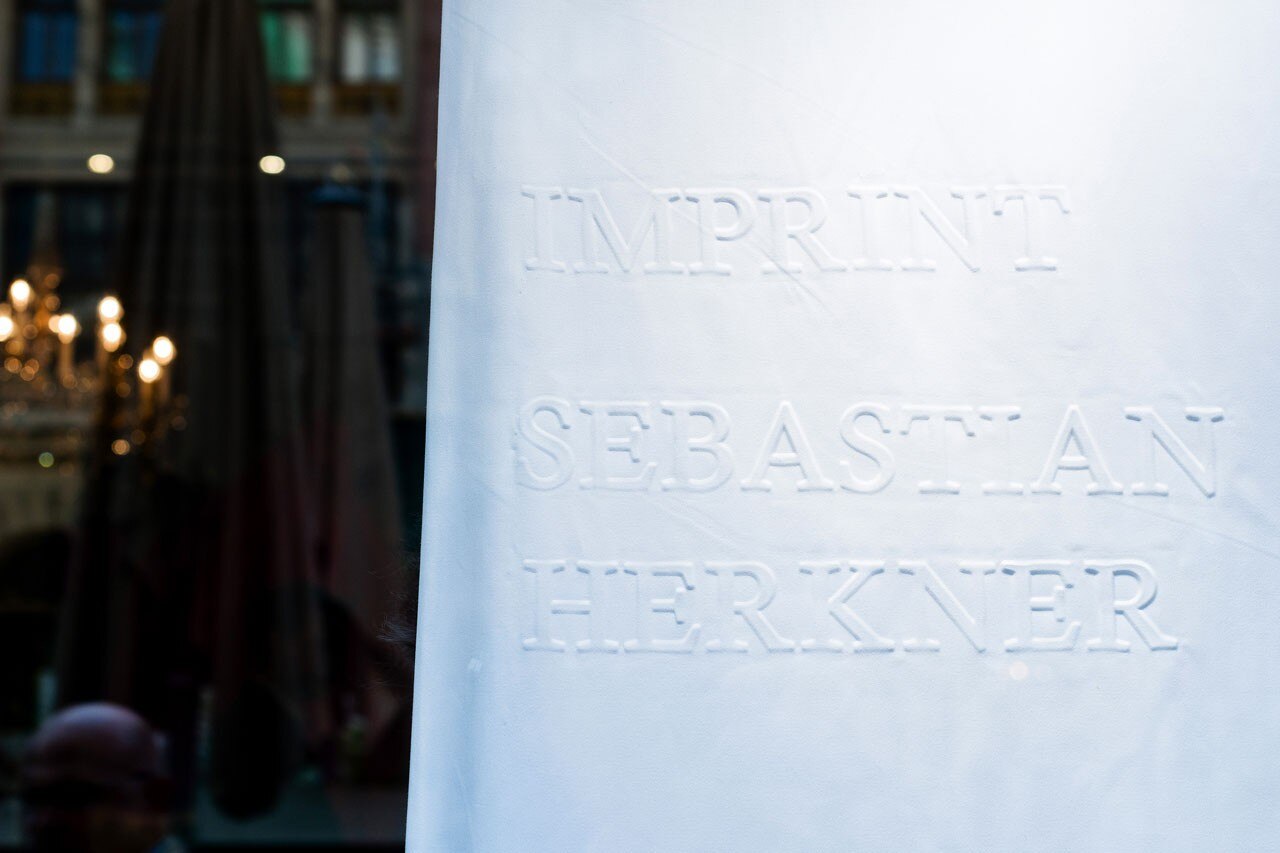
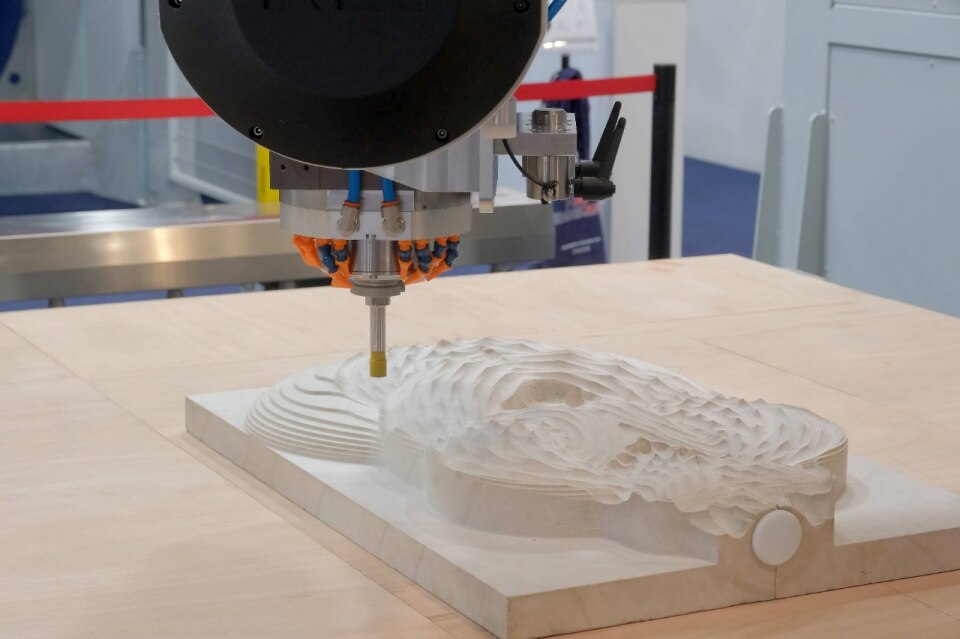
Natural stone is an eternal material
Now in its 59th edition, Marmomac returns to Verona from September 23 to 26 to showcase the role of stone in contemporary design.


